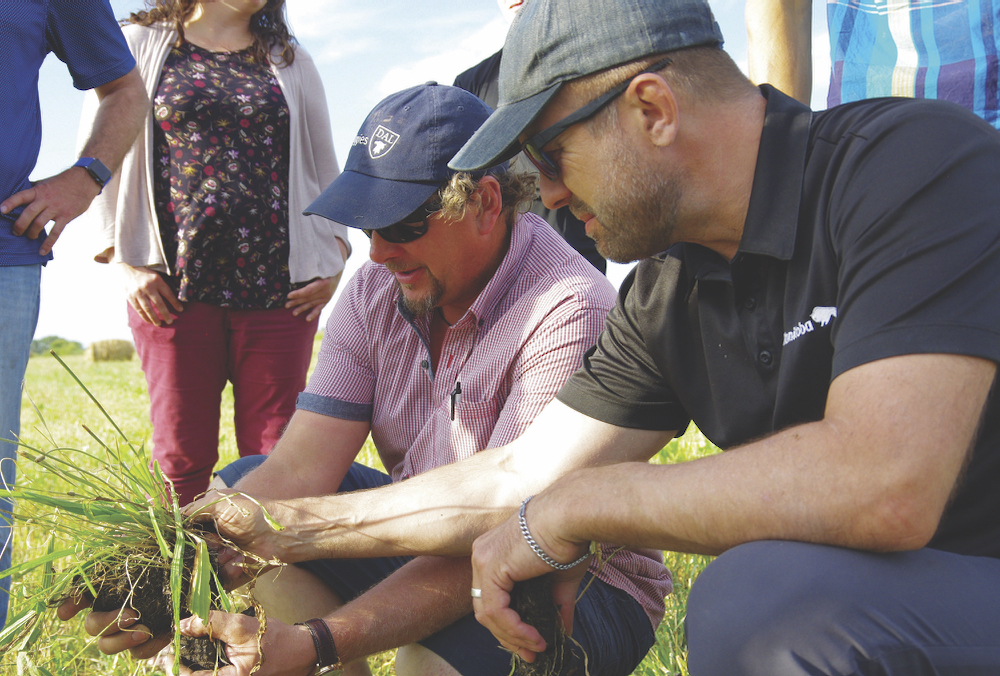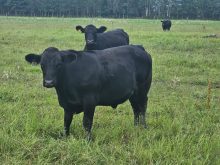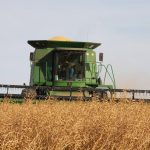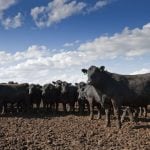Glacier FarmMedia – Regenerative ag advocates have an evocative term for ground cover: soil armour.
It means crop residue or living plants that hold the soil together and protect it from erosion.
The soil in many parts of Manitoba could’ve used some armour this spring, as heavy spring rains, strong winds and flooding have all taken a toll.
Read Also
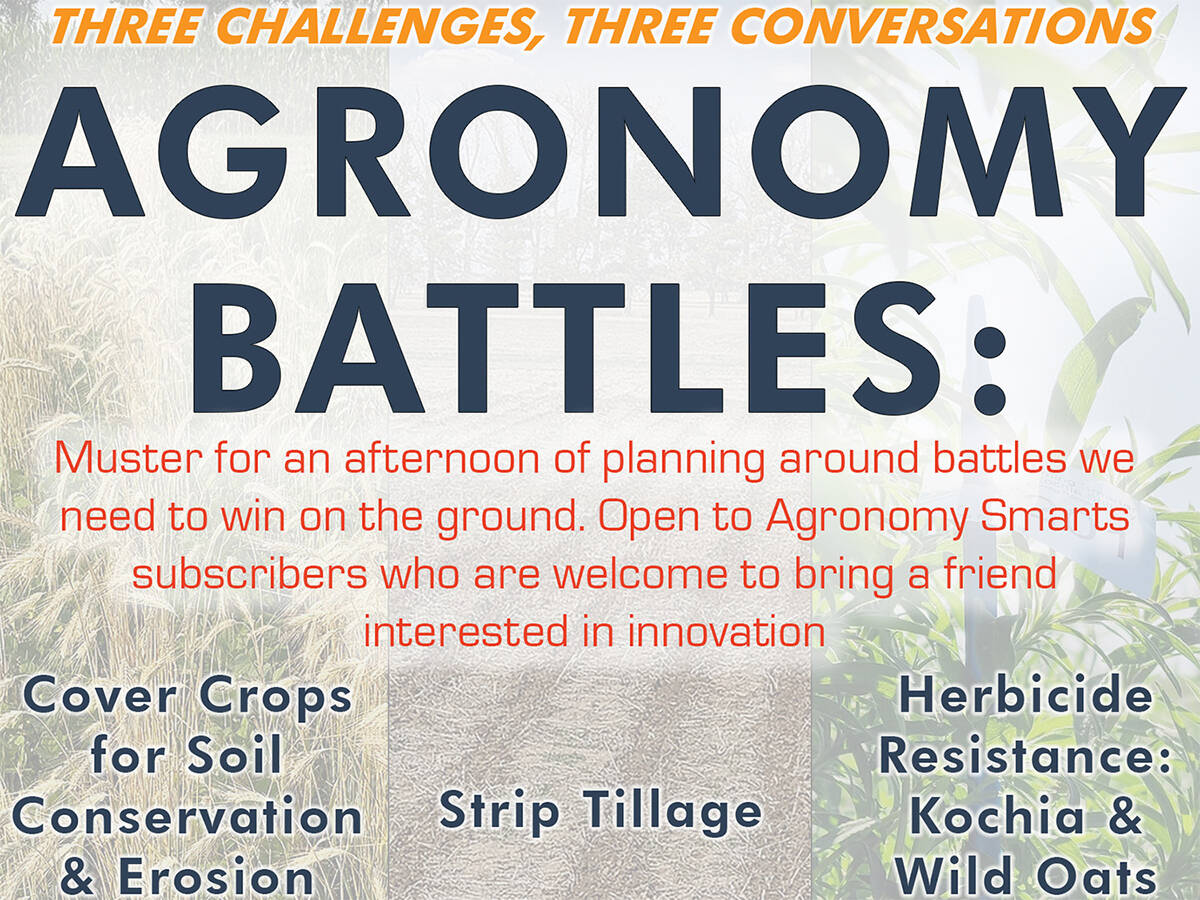
Farming Smarter to hold Agronomy Battles series
Southern Alberta non-profit research institute hope grassroots sessions with producers help focus future research on cover crops, strip tillage and herbicide resistance
“I’ve never seen so much displaced soil,” said Justin Girard, who farms west of Winnipeg and took one video of flood waters carrying waves of soil, and another of dirt blowing in a high spring wind.
“Something has to be done,” he said. “We’re not just losing nutrients, contributing to nitrous oxide pollution in the atmosphere, but full-on shedding soil.”
Girard is not the only one concerned. The topic comes back every time something extreme happens, said Marla Riekman, a soil specialist with the province’s Ag Ministry.
And each time the topic comes up, cover crops are liable to be mentioned. But a 2020 survey found farmers wanted both financial incentives and more research specific to the Prairies before jumping on board.
In Manitoba, both solutions are in the works.
In the Seine Rat Roseau Watershed District, a new cover crop cost-sharing program got more than three times the applications it could fund.
The program paid for half of the cost of cover crop seed (up to $5,000). The idea was to alleviate the risk of trying cover crops for the first time, said program co-ordinator Dorthea Gregoire.
The district defined “cover crop” loosely, Gregoire said. Producers can plant “shoulder-season” crops — planting after cash crop harvest and terminating in spring — full-season cover crops or even in-season intercrops.
Other watershed districts in the province are also offering financial incentives.
“A lot of times producers who, even if they are interested in (cover crops), were just overwhelmed and not sure what was applicable,” said Gregoire, adding a top question is, ‘Will it work for me here in Manitoba?’
Her organization worked with University of Manitoba researcher Yvonne Lawley to develop “Cover Crops 101,” an information and planning tool that helps a producer figure out their cover crop goals, plan what window to plant in, what species to plant and how to strategize seeding and termination.
Across the Prairies, it’s mainly livestock or mixed operations that grow cover crops, according to a survey by Lawley and Callum Morrison, also of the University of Manitoba.
That’s typically been the pattern she has seen, said Gregoire. The biggest uptake has been from smaller, mixed farms. They seem to have an easier economic transition, because they can graze the cover crop, she said.
Offering a cost share, however, seems to have made it more worthwhile for other types of farms.
“It’s allowing us to expand our reach to some of the bigger crop growers,” Gregoire said. “We had applications from all sectors.”
More research
Lawley is in the third year of a study with five farmers, covering six fields, who are growing replicated strips of cover crop each year in a field, but otherwise growing their rotation as usual.
They’re not testing individual species but are choosing cover crops based on their rotation and conditions. Part of the project is to find out where cover crops do and don’t fit in, Lawley said.
The study will also cover what purported cover crop benefits accumulate, and to see how the cover crops fit into the cropping and farm system, such as how they work with equipment, or rotation.
This year, four of six fields were planted to rye cover crops, which will provide information on how fields will come out when growing rye after a drought, followed by a very wet spring, Lawley said.
Fellow researcher Virginia Janzen and Lawley recently finished a study in which they looked at fall rye termination timing, in which the cover crop preceded soybeans.
Fall rye is a popular option for fall seeding in northern regions.
They tested termination at 14 days prior to planting, four days before planting, and one day after planting. There was no yield difference.
– This article was originally published in the Manitoba Co-operator.


